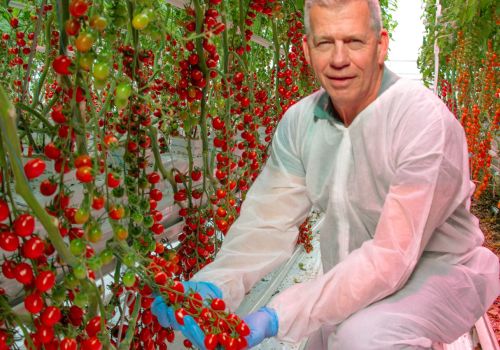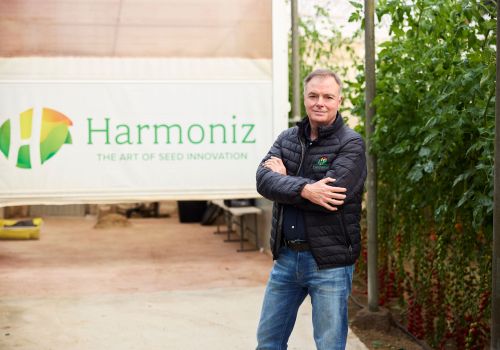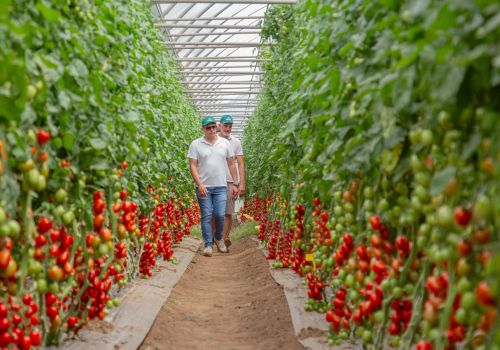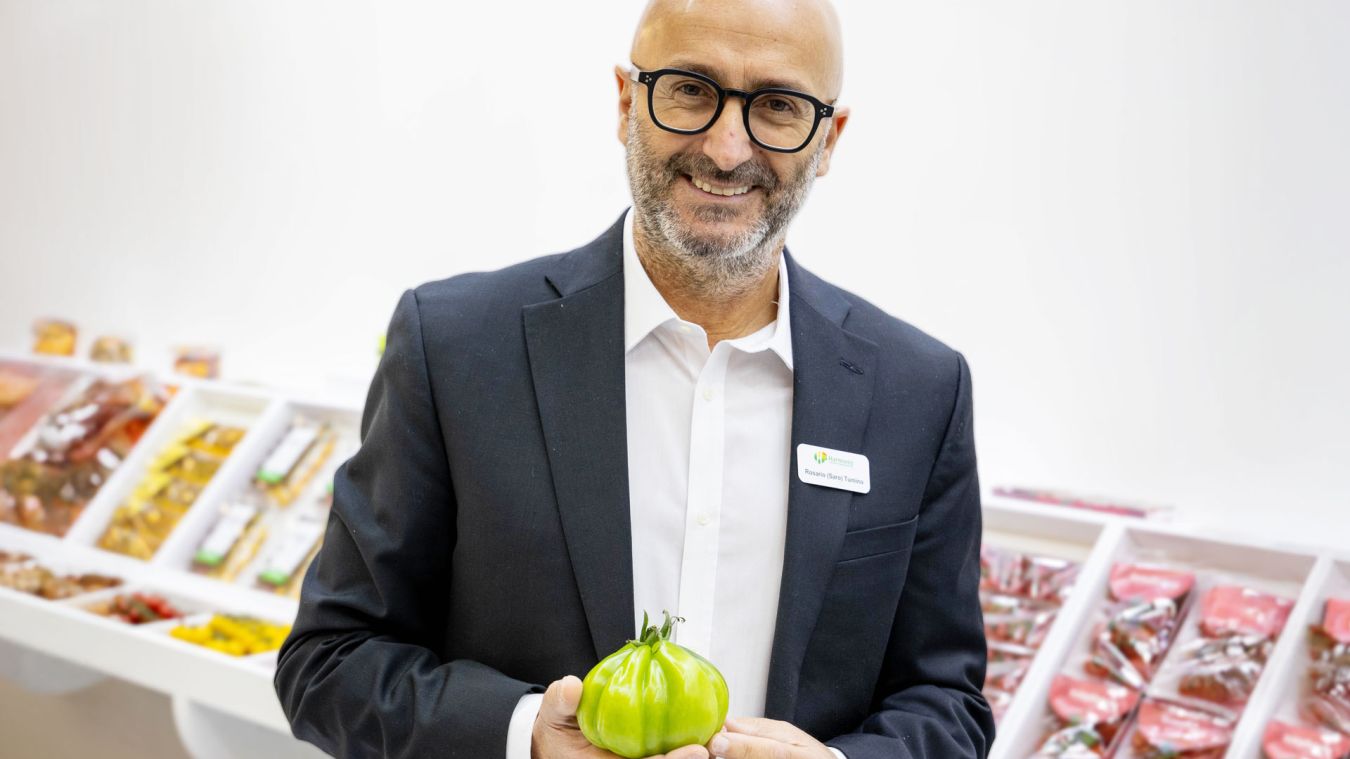
Advanced Genetics and Integrated Value Chains: The Harmoniz Model for the Future of Horticulture

Genetics now play a pivotal role in shaping efficient, consumer-focused horticultural value chains. It directly impacts production profitability, supply continuity, and—most importantly-quality and consumer loyalty.
This understanding underpins Harmoniz’s market approach—a leading global seed company. By combining deep-rooted expertise with forward-looking strategic vision, Harmoniz is shaping a distinctive identity within the global fresh produce industry—delivering solutions that address real-world challenges across the full farm-to-market pathway.
“At Harmoniz, we know that every seed we develop ends up as a fruit on someone’s plate. That’s why our primary goal is to offer consumers around the world a consistently superior eating experience—one that is recognizable, memorable, and available all year round,” says Saro Tumino, General Manager of Harmoniz Italy.
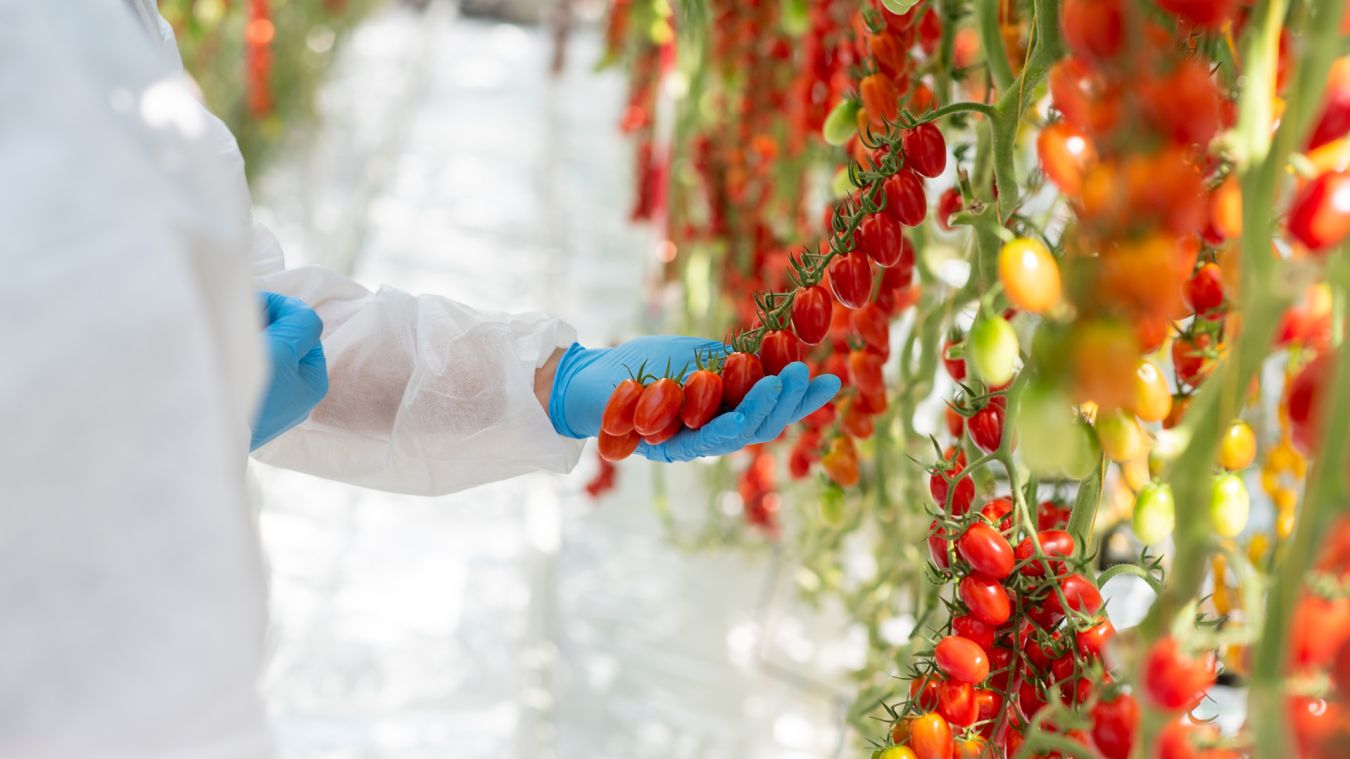
“In an increasingly fragmented supply chain landscape,” Tumino explains, “where quality and consistent availability are key to success, high-performing varieties are essential—but not enough. Real value comes from how those varieties are grown, distributed, and positioned. What truly makes the difference are reliable, transparent production and distribution models—built on long-term collaboration and aligned around shared values and common goals.”
Within this framework, Harmoniz acts not only as a breeder of outstanding varieties, but also as a facilitator of value—creating synergies, enabling innovative production models, and transforming genetics into a true differentiator across the agri-food industry.
Turning Consumer Expectations into Value Across the Chain
“To develop genetic solutions that result in a unique consumer proposition and create value from field to fork, research must begin with a deep understanding of consumer habits and expectations,” adds Tumino.
Guided by this principle, Harmoniz breeds varieties that not only perform reliably in the field, but also meet the market’s need for differentiation, consistent shelf presence, and strong consumer appeal—driving demand for healthier, more flavorful, high-quality food.
“Only by pairing this consumer focus with a thorough analysis of market gaps and production needs can we identify real growth opportunities and deliver targeted solutions across the value chain. This is what truly sets us apart.”

R&D Without Borders: Enabling Continuity Through Adaptability
This approach takes shape in a multi-location, integrated R&D model, powered by a company culture rooted in expertise, agility, creativity, and excellence.
New varieties are developed and validated under diverse growing conditions—from unlit greenhouses to high-tech facilities, spanning Israel, Sicily, Spain, Mexico, Northern Europe, and as far as Canada.
“While growers seek distinctive—and profitable—varieties to stay competitive, it’s increasingly clear that the limited seasonality of excellence must be overcome,” notes Tumino. “That’s why it’s essential to develop varieties capable of delivering consistent quality and stable traits—across multiple cycles and under varied agronomic conditions.”
For growers, this means access to reliable, resilient, high-performing genetics. For distributors, it simplifies planning and strengthens shelf positioning by offering a recognizable, durable, and consistent product throughout the year. For consumers, it translates into a more satisfying experience, thanks to quality that holds steady over time.
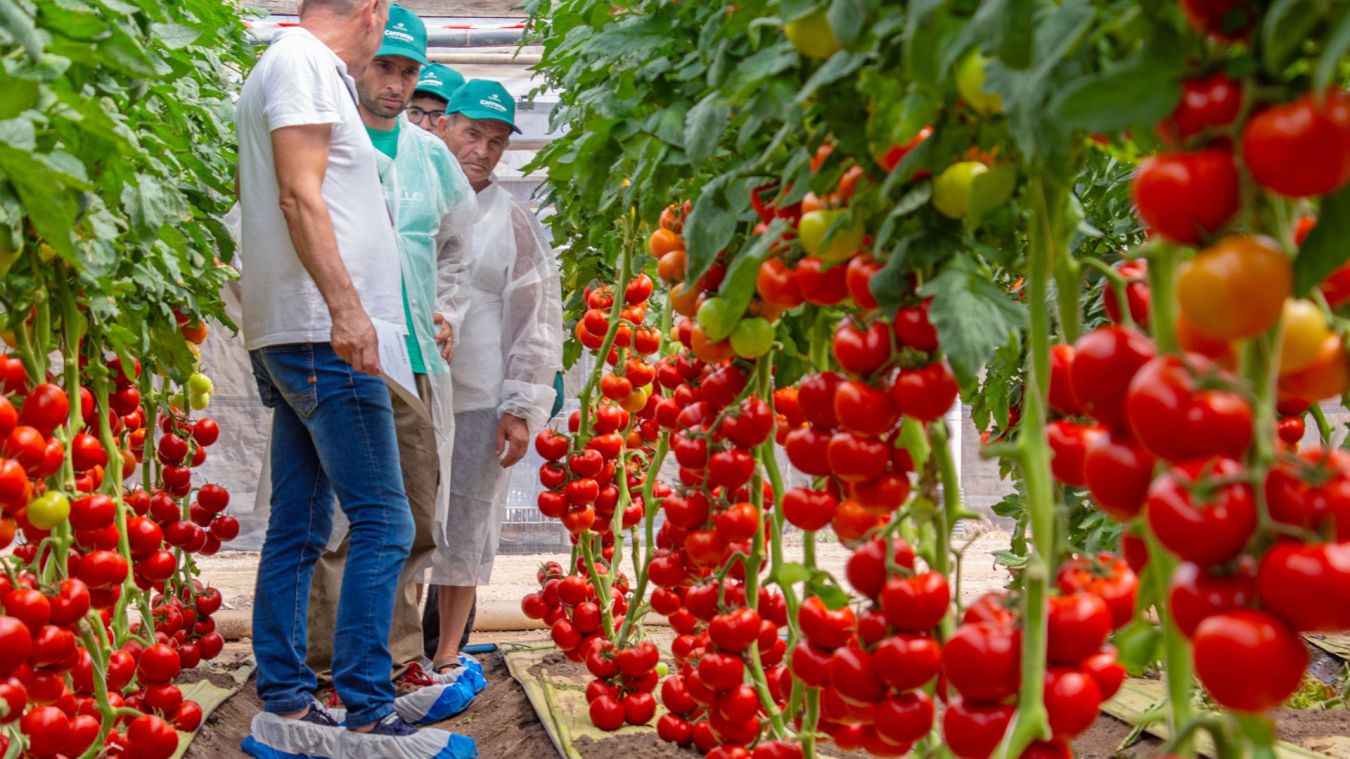
Field-Proven, Market-Driven: The Strength of the Italian Approach
In Italy, this model takes concrete shape across several key horticultural regions—from a long-standing presence in Sicily and the Agro Pontino to high-tech cultivation trials in Central and Northern Italy. Activities range from the localized development of parental lines to the agronomic validation of commercial and pre-commercial varieties, tested under diverse growing conditions.
“In Italy as well, our goal is clear: to deliver varieties that growers choose for their profitability and in-field reliability, and that consumers value for their flavor and freshness,” explains Tumino. “What truly makes the difference is our consistent presence on the ground, direct engagement with key players in the fresh produce industry, and the hands-on collaboration between our breeders, technical team, and producers—ensuring practical solutions that deliver in the field and drive measurable impact at market.”
